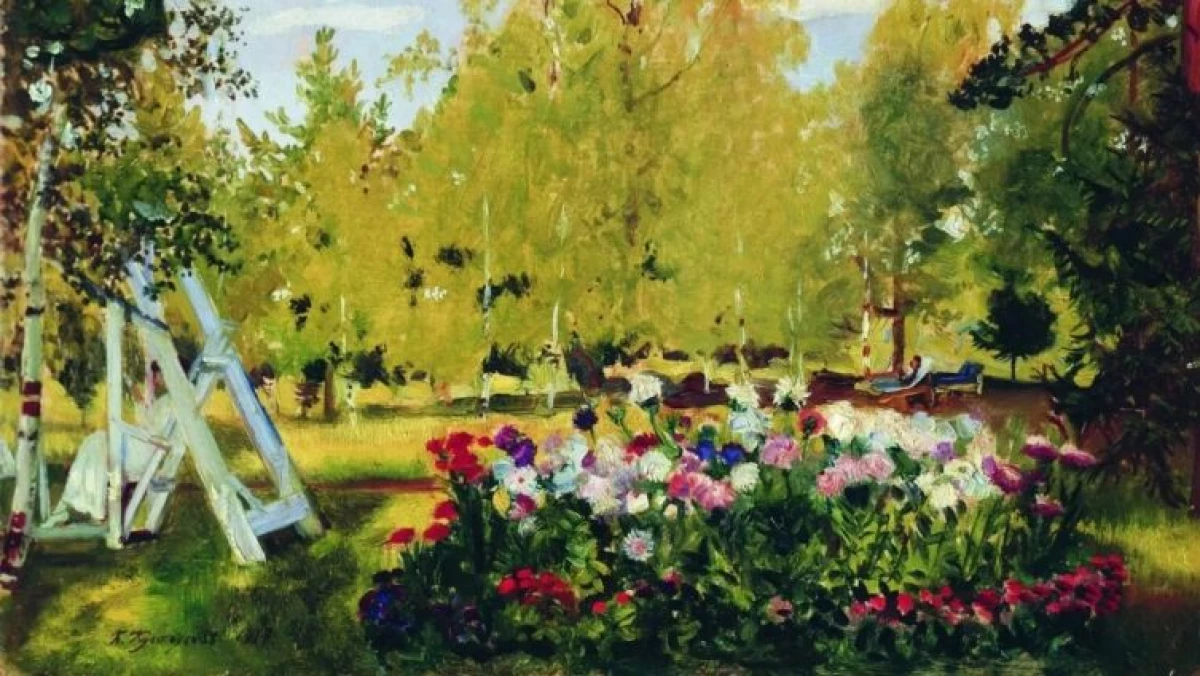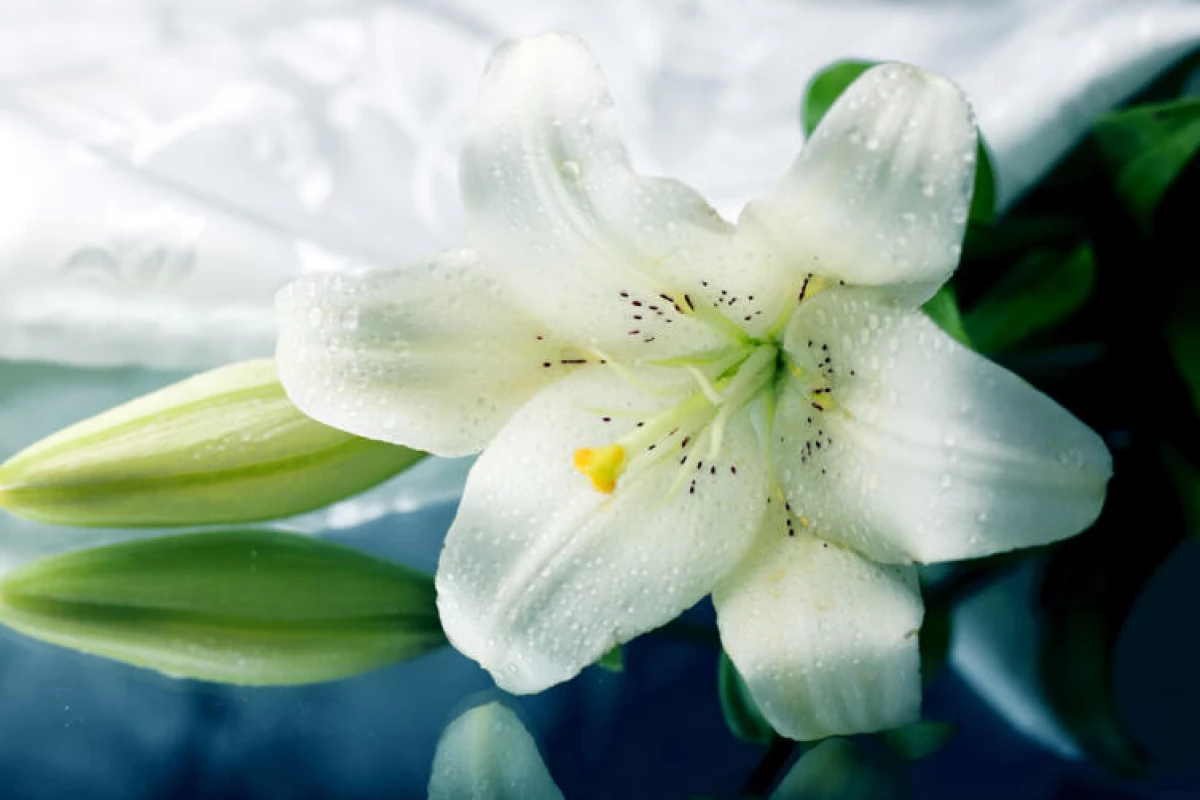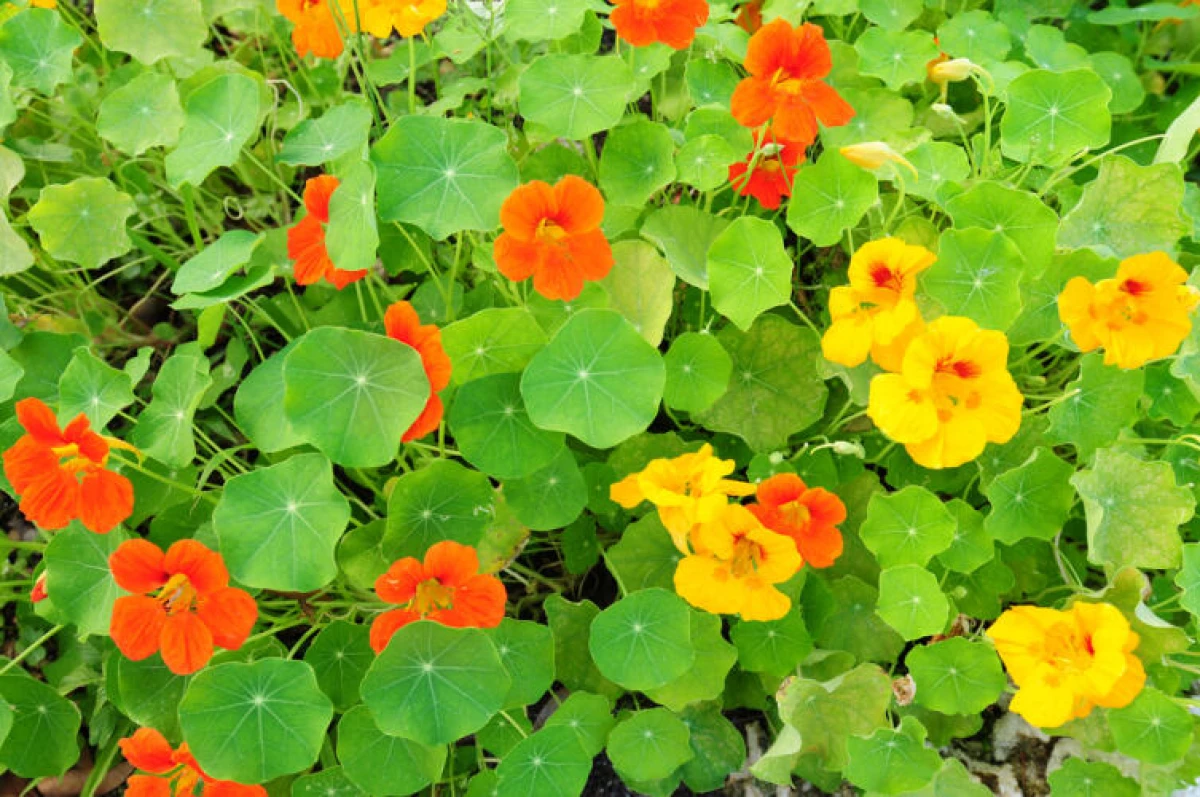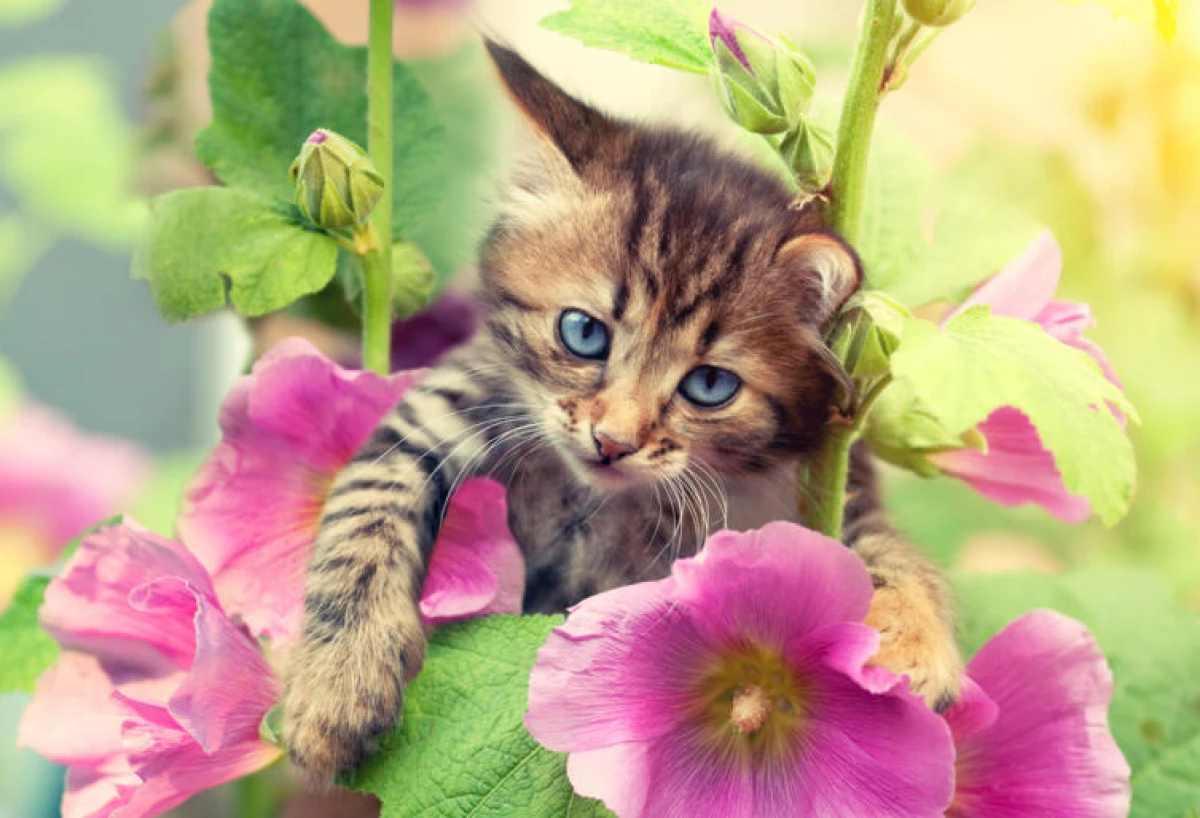
Clumbus islands repeatedly change their appearance throughout the spring summer period. Some plants are flowing down, the bright petals of others dissolve on shift. Interestingly, almost every flower garden is not only a garden decoration, but also a potential source of medicinal raw materials.
The first of all lilies reveals its burgundy petals of Lilia-locust. Folk medicine uses flowers and bulbs of lockers. They are used as a means of improving appetite giving vigor. A snow-white lily has long been grown in the countries of the Middle East to obtain fragrant oil. The tincture of white petals of this plant is used in cuts, muscle pains, bruises. Bulbs, welded in milk, are used as compresses for the treatment of boils.

Well known as decorative plants Large Garden Clematis. They decorate many gardens. However, not everyone knows that their less elegant wild relatives (for example, a prince) have long and successfully used as a food plant, a honey, and a medicinal plant. As part of some species, substances depressing the livelihood of mold fungi, spoiling products were detected. Food is used by young shoots resembling asparagus to taste. And from the long durable stems of Clematis, a basket can weave.

Nasturtium, loved by gardeners for bright flowers, is increasingly used as seasonings to salads, meat and vegetable dishes, as well as when marinating tomatoes and cucumbers. In addition, the water of the infusion of grass is used in small-class, renal disease, stomatitis, hair loss. And from the flowers of nasturtiums prepare infusion, which is effective in hypertension. Non-affected nasturtium fruit are effective in constipation.

The so-called stock rose, or Malva - the traditional flower for the parisades. The medicinal properties of this plant have long been known. They are reflected in the "Byzantine agricultural encyclopedia". The source indicates that the flowers, arranged with the leaves, are more effective than the plaster stop bleeding, prevent the infection of the wound, and also contribute to tightening and healing. Sliced in fine leaves of Malva treat deprived, and juice with honey drink from the diseases of the liver. Grinding leaves in front of the bite of snakes were put on the bite.

It is impossible to bypass and roses. In addition to indisputable decorative qualities, which are the main reason for growing roses on household plots, the flower is endowed with the healing properties. Numerous recipes, which include dry petals and roses seeds, are mentioned in the "Canon of Medical Science" Avicenna. Such drugs were used to treat diseases of the liver, stomach, tuberculosis, pneumonia, angina, burns and wounds.
Rose petals are added to a variety of drugs, which are used in bile and renal diseases. In addition, it is recognized that the aroma of roses has a beneficial effect on the state of the nervous system. People suffering from headaches, insomnia and increased anxiety, was recommended to sleep on pillows stuffed with pink petals.

Throughout the summer, one after another in the garden blooms beautiful flowers, which are the source of healing substances. Even if not to be taken immediately for the workpiece of plant medicinal raw materials, but only to know that the familiar plant, pleasing eyes, is also able to take care of health, quite interesting.
From the editorial Do not use to treat the funds of traditional medicine without prior consultation with the attending physician and if there are any allergic reactions in the history!
Author - Ekaterina Majorova
Source - Springzhizni.ru.
